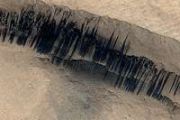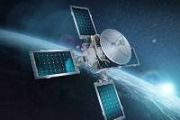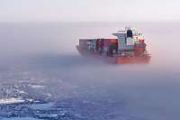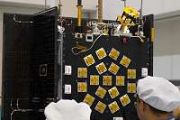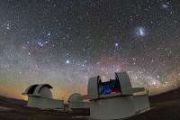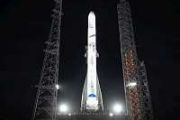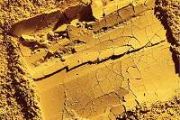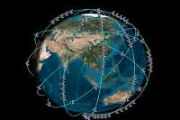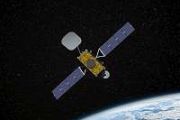
Copernical Team
ESA celebrates International Day of Women and Girls in Science 2025
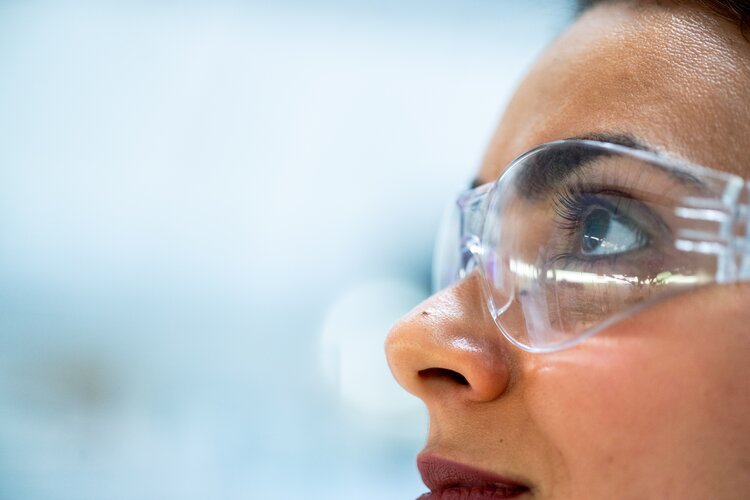
Today we mark the International Day of Women and Girls in Science. Join us in a journey around Europe with EIROforum organisations to discover the brilliant talents who are shaping the future of science and technology, and dive deeper into the story of a European Space Agency young professional making her way in space.
Forest mission on show

After years of meticulous development, ESA’s next Earth Explorer satellite, Biomass, is ready to be packed up for transport to Europe’s Spaceport in French Guiana, where it will launch aboard a Vega-C rocket this spring.
Before final preparations and shipment, media representatives had the exclusive opportunity today to see the satellite up close in the cleanroom at Airbus’ facilities in Toulouse, France.
ESA to develop optical technology for navigation
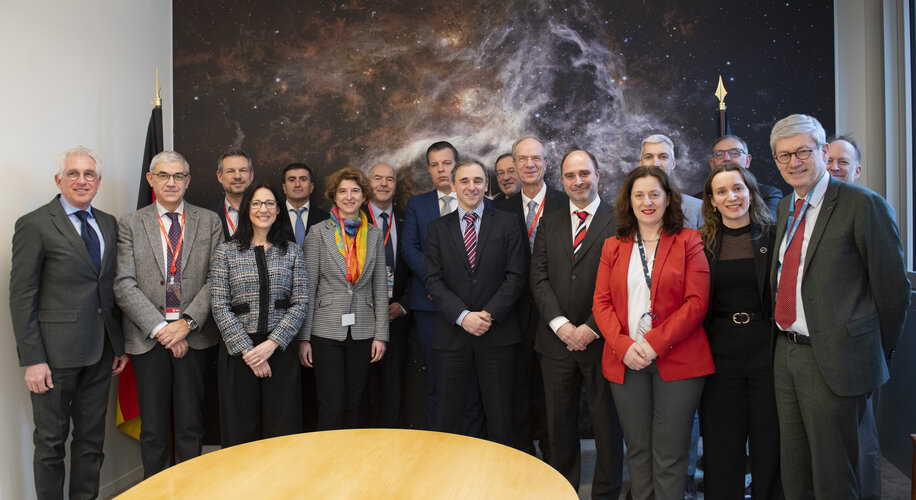
Optical technology has the potential to revolutionise the field of positioning, navigation and timing. To drive the development of this technology, ESA has signed a contract with a consortium of European companies that will conduct a definition study (Phase A/B1) and associated critical technology predevelopment.
This is the first step toward a potential in-orbit demonstrator for optical time synchronisation and ranging (OpSTAR) that will be proposed at the ESA Council at Ministerial Level in November 2025, to validate intersatellite optical links before future use in operational satellite navigation systems.
Euclid discovers a stunning Einstein ring
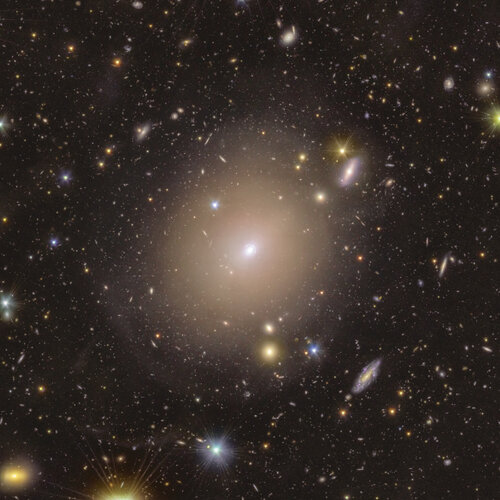
Euclid, the European Space Agency’s dark Universe detective, has made an astonishing discovery – right in our cosmic backyard.
One in Four Chance Annually of Rocket Debris Entering High-Traffic Airspace
 A new study from the University of British Columbia (UBC) has found that there is a 26 percent chance each year that debris from space rockets will re-enter Earth's atmosphere and pass through an area of high air traffic density.
Although the probability of such debris striking an aircraft remains low, the findings underscore the growing risk of space junk disrupting flights and imposing f
A new study from the University of British Columbia (UBC) has found that there is a 26 percent chance each year that debris from space rockets will re-enter Earth's atmosphere and pass through an area of high air traffic density.
Although the probability of such debris striking an aircraft remains low, the findings underscore the growing risk of space junk disrupting flights and imposing f NASA CubeSat Finds New Radiation Belts After May 2024 Solar Storm
 The discovery of the new belts, made possible by NASA's Colorado Inner Radiation Belt Experiment (CIRBE) satellite and published Feb. 6, 2025, in the Journal of Geophysical Research: Space Physics, is particularly important for protecting spacecraft launching into geostationary orbits, since they travel through the Van Allen Belts several times before reaching their final orbit.
Temporary
The discovery of the new belts, made possible by NASA's Colorado Inner Radiation Belt Experiment (CIRBE) satellite and published Feb. 6, 2025, in the Journal of Geophysical Research: Space Physics, is particularly important for protecting spacecraft launching into geostationary orbits, since they travel through the Van Allen Belts several times before reaching their final orbit.
Temporary Lightning strikes link weather on Earth and weather in space
 There are trillions of charged particles - protons and electrons, the basic building blocks of matter - whizzing around above your head at any given time. These high-energy particles, which can travel at close to the speed of light, typically remain thousands of kilometers away from Earth, trapped there by the shape of Earth's magnetic field.
Occasionally, though, an event happens that can
There are trillions of charged particles - protons and electrons, the basic building blocks of matter - whizzing around above your head at any given time. These high-energy particles, which can travel at close to the speed of light, typically remain thousands of kilometers away from Earth, trapped there by the shape of Earth's magnetic field.
Occasionally, though, an event happens that can By studying neutron 'starquakes', scientists aim to revolutionize nuclear matter research
 A new study led by the University of Bath suggests that investigating 'starquakes'-seismic activity in neutron stars-could unlock profound insights into the properties of nuclear matter. These findings have the potential to reshape current methodologies in nuclear physics and astronomy, with possible long-term applications in health, security, and energy.
The research, conducted by an inte
A new study led by the University of Bath suggests that investigating 'starquakes'-seismic activity in neutron stars-could unlock profound insights into the properties of nuclear matter. These findings have the potential to reshape current methodologies in nuclear physics and astronomy, with possible long-term applications in health, security, and energy.
The research, conducted by an inte Researchers find largest black hole jet from early universe
 Researchers said on Thursday that they had discovered twin-lobed radio jets they suspect were formed when the universe was 1.2 billion years old, stretching at least twice the length of the Milky Way galaxy.
Scientists added, however, that the black hole fueling the quasar producing the jets is small compared to other black holes, equaling 450 million suns. The discovery was made by the
Researchers said on Thursday that they had discovered twin-lobed radio jets they suspect were formed when the universe was 1.2 billion years old, stretching at least twice the length of the Milky Way galaxy.
Scientists added, however, that the black hole fueling the quasar producing the jets is small compared to other black holes, equaling 450 million suns. The discovery was made by the How Early Earth Supported the Formation of Polyester Protocells
 A leading hypothesis about the origins of life suggests that simple chemical compounds gradually evolved into complex structures, ultimately giving rise to protocells-primitive precursors to living cells.
A new study conducted by the Earth-Life Science Institute (ELSI) at the Institute of Science Tokyo expands our understanding of one such candidate for protocells: polyester microdroplets.
A leading hypothesis about the origins of life suggests that simple chemical compounds gradually evolved into complex structures, ultimately giving rise to protocells-primitive precursors to living cells.
A new study conducted by the Earth-Life Science Institute (ELSI) at the Institute of Science Tokyo expands our understanding of one such candidate for protocells: polyester microdroplets. 










